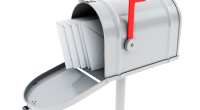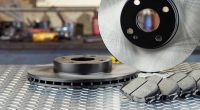How Important is Picking the Right Solar Battery and Charger?
When most people think about a solar system, they picture an array of panels up on a roof and a solar charge controller in one of their rooms that they can regulate the system with. However, one part that can play a crucial role in the performance and capabilities of the solar system, especially for an off-grid solar system, is the battery. Batteries have come a long way, and nowadays, they’re better and more developed than ever, with more choice than you can fathom, even for a specific application like solar systems.
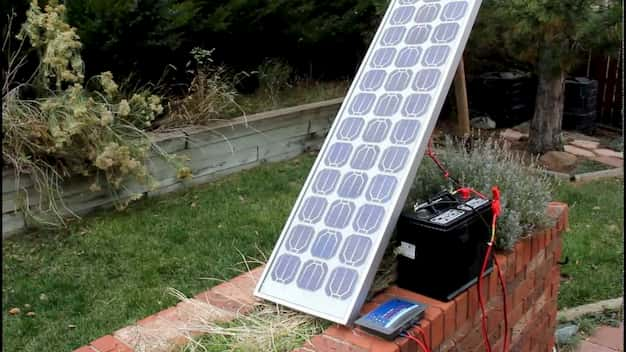
With that said, picking the right solar deep cycle battery, as well as the right solar deep cycle battery charger will have a huge impact on your solar system. Being able to identify the different types and your home’s needs are the two key elements to making the right buying decision. But before I get into the different types of batteries, you’re probably wondering what is a deep cycle battery? Simply put, solar deep cycle batteries are batteries specifically designed to cycle (discharge and recharge) a lot of times before their quality, power storage and providing capabilities start to deteriorate.
There are two types of solar deep cycles – lead-acid and lithium. Lead-acid batteries are the more affordable option, but lithium ones are the more advanced type. Lead-acid batteries are further categorised into two types – sealed and flooded.
Flooded Lead Acid Batteries
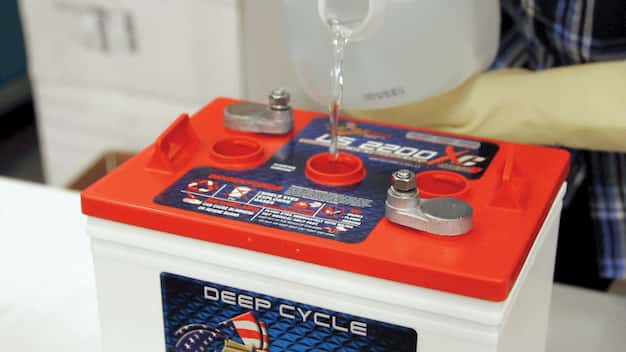
These were the most popular option up until recently. Also known as wet cell, flooded lead-acid batteries are affordable and recyclable. They’re designed to easily handle daily charge cycling and are safe to use. However, these batteries also have some disadvantages. For instance, they produce a gas byproduct, so it’s essential that they’re located in a well-ventilated area. Further, they’re corrosive and rather bulky. Due to the fact that they’re made of cells that feature plates which need to be underwater to operate properly, you’ll need to check them and add water every few months to make sure the plates remain underwater. With that said, if you don’t mind the regular monitoring and maintenance, they can be a good option for your system.
Then, there are sealed lead-acid batteries. There are two popular types of sealed lead-acid batteries – AGM and Gel. Both of them are more expensive than flooded lead-acid batteries, but they require almost no maintenance and are quite durable and resistant to vibration and shock thanks to their sealed housing.
AGM (Absorbent Glass Mat) Batteries
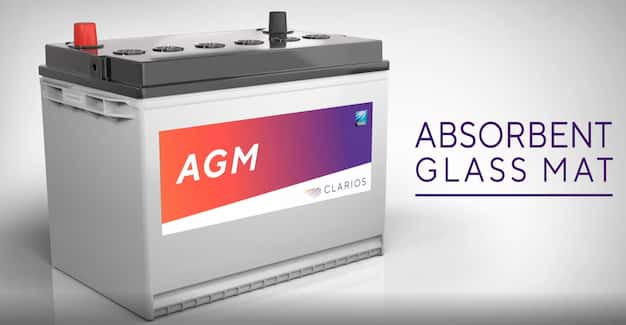
AGM batteries were initially made for use in military vehicles, UPS and aircraft. They feature a fibreglass matt that absorbs the battery’s electrolyte, and plates that are either coiled into a spiral or flat. Their main advantage is their lower internal resistance, meaning they can withstand higher temperatures and discharge slower than all other types of deep cycle batteries. Further, they’re leak-proof and don’t require any ventilation, making them non-hazardous. Also, they’re relatively lightweight and less prone to heating up. Lastly, they have a long lifespan and are just slightly more expensive than flooded lead-acid batteries.
Gel Batteries
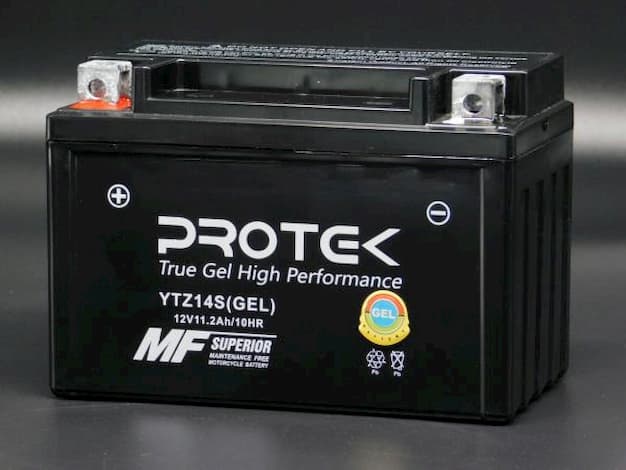
Another sealed lead acid battery, except they use a fumed silica to form a thickening agent for the battery’s electrolyte, which makes the cells much sturdier. They’re quite durable, require no maintenance and feature high shock and vibration resistance properties. Their cells operate well in cold and hot temperatures, so they have quite a long life-cycle. However, gel batteries self-discharge faster than other types of batteries and they’re ventless. Additionally, they have a narrow charging profile so they need to be properly charged, otherwise, they can get easily damaged.
Lithium Batteries
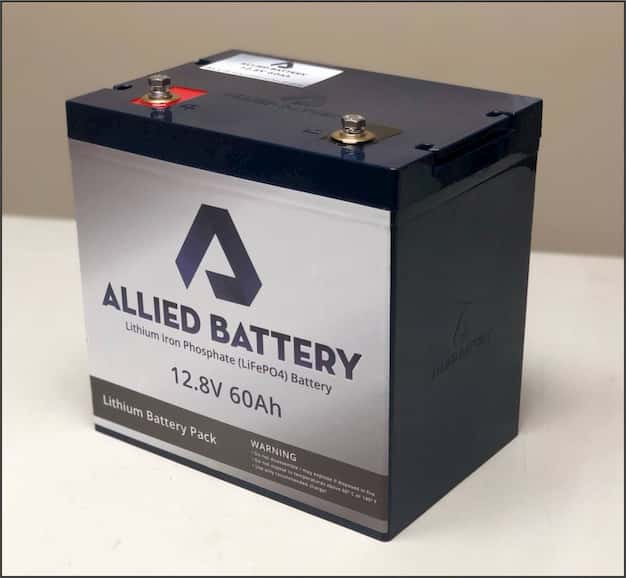
The last type of deep cycle batteries is lithium batteries. This type is relatively new, and they’ve been mostly used for powering laptops and cellphones. Lately, however, they’ve become increasingly popular in the solar energy industry as well. Although costlier than other types of deep cycle batteries, lithium batteries make up for it with their many advantages, such as having a longer lifespan, being more efficient, requiring no maintenance, deeper discharge capacity, no toxic emissions, etc.
Charging Deep Cycle Batteries
A lot of people ask: “Do deep cycle batteries need special charger?”, and the answer is – yes. A solar deep cycle battery charger will charge the battery slowly, whereas regular battery chargers charge the batteries much faster, which can damage the deep cycle battery. Most deep cycle battery chargers are designed for float (maintenance0 charging instead of quick reboot charging. Deep cycle battery chargers are constantly connected to the battery, so that when the battery starts to discharge naturally, the charger kick in automatically and gives the necessary charge to restore power in the battery. Once power is fully restored, the charger will automatically shut down until more power is required. Lastly, deep cycle battery chargers significantly lower the risk of the battery overcharging, so you should definitely look for a charger made specifically made for this purpose instead of opting for a conventional battery charger.


